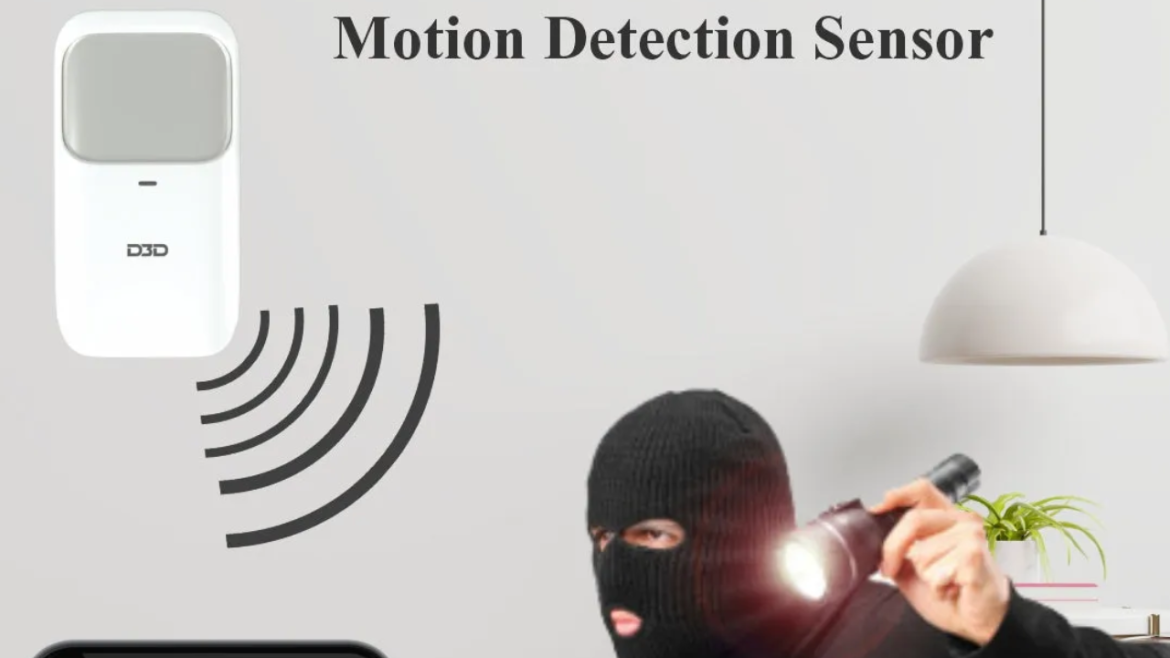Among the home safety devices, the aosu motion sensors act as an important part of protecting homes against interlopers and further risks. These gadgets capture motion within a given region and notify homeowners and aosu security systems if motion is present. Motion sensors are critical parts of the current security systems, providing an extra layer of security to homes and companies. Additionally, understanding how do night vision cameras work can further enhance home security, allowing for surveillance even in low-light conditions.
How Motion Sensors Work
Motion sensors operate in the manner that they employ various technologies to sense motion. The main types contain passive infrared PIR sensors, microwave sensors, and dual-tech which is a mixture of infrared, and microwave sensors. PIR sensors are recycled to identify changes in the amount of ultraviolet radiation emitted by moving objects such as people or pets. Microwaves are emitted and reflected; any movement alters the reflection and an alarm is triggered. Dual-tech sensors are more accurate than others because they require both infrared and microwave detection before sounding an alarm, hence minimizing false alarms.
Motion Sensors
This is a brief look at the different motion sensors you will find in home security systems today. Among the various types of PIR sensors, the most common ones are the low-cost and efficient ones. But this is perfect for identifying humans in motion and may not work on small animals. The Microwave sensors though are sensitive to motion and are capable of detecting motion through walls, come with a higher price tag and typically cause more alerts than necessary. The combination of PIR and microwave sensors provides for the usage of the best specifications of each and forms a dual-tech sensor.
Placement of Motion Sensors
The positioning of motion sensors is very important to get the best results and a better look at your house. It should also be positioned in such a way that the particular zones are monitored especially doors, corridors, and large rooms and living areas. Such things as furniture or plants which may create blind zones should not be approached. Also, if the sensors are placed on the ceiling at 6 or 8 feet, one is assured that the sensors will be sensitive enough to detect movement without getting triggered by pets.
Motion Sensors and Security Systems
Motion sensors can be easily incorporated into other home security systems making the overall system more effective. When connected to security cameras, alarms, and monitoring services, they form a security network that is complete. For instance, when a motion sensor is activated, it can start a security camera to begin recording the event, send notifications to the homeowners through their smartphones, or where necessary send notifications to law enforcement agencies. This integration guarantees a quick reaction to threats and offers useful video material for the investigation.
Benefits of Using Motion Sensors
Incorporating motion sensors into home security systems has many benefits. First of all, they give alerts immediately, so homeowners can act immediately in case of threats. Also, most of the contemporary motion sensors are smart, which means that users can set up the motion sensor and receive notifications on their smartphones. This level of control as a result brings easiness to the homeowners since they monitor their properties from a comfortable distance. In addition, motion sensors can prevent intruders; the mere sight of the sensors can prevent crime, making the area safer.
Challenges and Limitations
Motion sensors are indeed useful in their capacity, with that, however, come certain complications and drawbacks. A frequent problem of such systems is false alarms, which may be caused by pets, shifting objects, or even high winds. These occurrences have to be avoided by homeowners who have to choose the right sensors and place them in the right manner. Also, cameras may be blinded and this means that there are areas most detectors cannot see hence they are not covered. Proper care must be taken in treating and checking the sensors since they are responsible for giving out signals that protect and alarm.
Conclusion
Motion sensors are essential parts of home security systems since they provide efficient detection of movement and security in homes. Thus, realizing the principles of operation of such devices, their varieties, and the places where they should be installed and integrated, homeowners can considerably strengthen their protective measures. However, given that motion sensors have their share of drawbacks, including aggravated issues of false alarms and blind spots, the benefits of using such devices are enormous, including receipt of real-time alerts and their capability of acting as a scarecrow to ward off any would-be intruder. With technological progress increasing, the practical application and efficiency of movement-detecting systems in protecting homes will further improve giving home occupants that crucial security.
